Sichuan Spices: A Flavorful Journey Through the Heart of Chinese Cuisine
Spices have been a cornerstone of human civilization, shaping not only our diets but also our cultures. Among the many spice traditions around the world, Sichuan spices stand out for their bold flavors, unique heat, and unforgettable numbing sensation. Whether you're an experienced chef or a curious foodie, exploring Sichuan spices is like opening a door to a world of flavor that's both intense and deeply rooted in history.
Table of Contents
- Why Sichuan Spices Are Special
- The Key Sichuan Spices You Should Know
- Cooking Tips for Sichuan Spices
- A Complete Buying Guide for Sichuan Spices
- Conclusion
Why Sichuan Spices Are Special
When it comes to bold, complex flavors, few regions can match the intensity of Sichuan cuisine. The region’s signature combination of heat and numbness—thanks to the use of huajiao (Sichuan peppercorns)—creates a sensory experience unlike any other. This unique balance of spicy and tingling sensations has made Sichuan dishes some of the most popular in China and around the world.
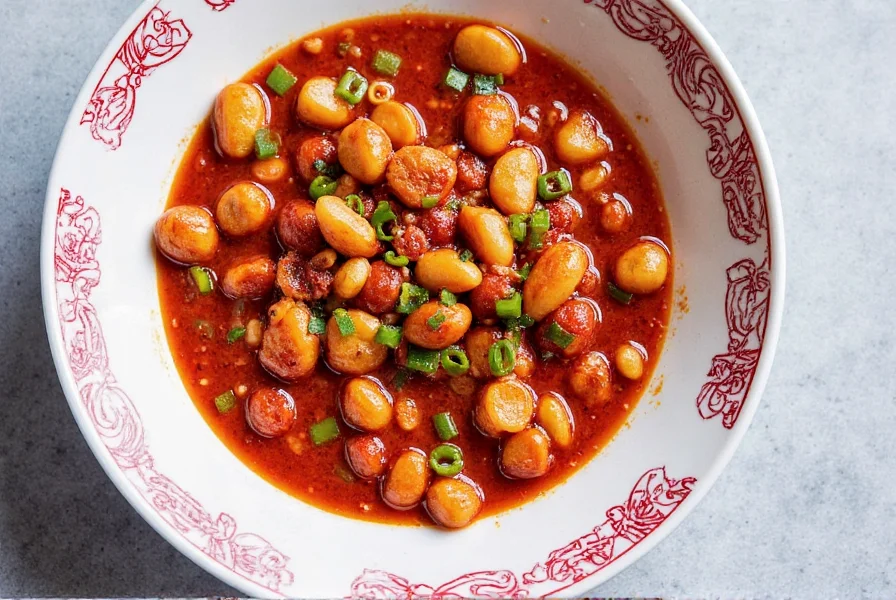
But what makes Sichuan spices so special? It's not just about the heat. It's about the layering of flavors. Sichuan cooking often combines multiple elements—spicy, sour, sweet, salty, and umami—to create a harmonious yet powerful dish. And at the center of it all is the sizzling heat of chili peppers and the electrifying tingle of Sichuan peppercorns.
The Key Sichuan Spices You Should Know
If you're venturing into the world of Sichuan spices, here are the essential ingredients you need to know:
- Sichuan Peppercorns (Huajiao): These small, red berries are known for their numbing effect rather than their heat. They’re used in both whole and ground form, adding a tingling sensation to dishes like Mapo Tofu and Kung Pao Chicken.
- Dried Chili Peppers: Available in various heat levels, these are the backbone of Sichuan heat. They’re often used in stir-fries, hot pots, and sauces.
- Chili Oil: A versatile condiment made by infusing chili peppers in oil. It adds depth and heat to everything from noodles to dumplings.
- Garlic and Ginger: These are staples in Sichuan cooking, adding aromatic depth and helping to balance the spiciness.
- Shan Zha (Hawthorn): Often used in sweet and sour dishes, this fruit brings a tangy flavor that complements the richness of Sichuan meat dishes.
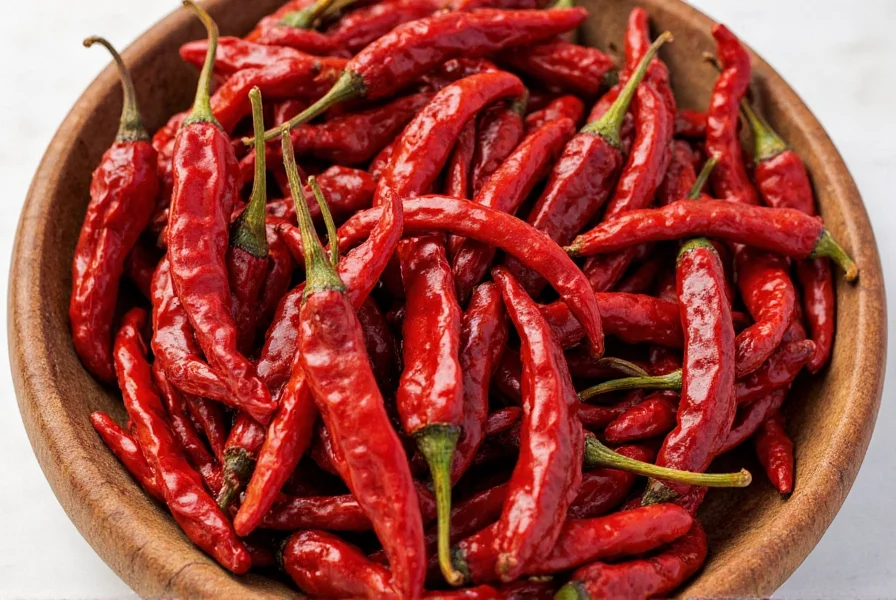
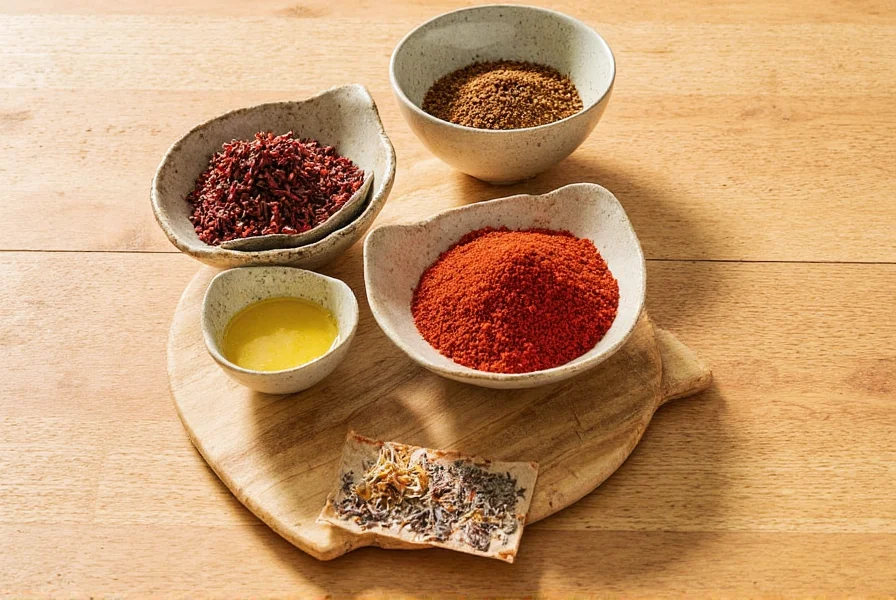
Cooking Tips for Sichuan Spices
Using Sichuan spices effectively requires a bit of technique. Here are some practical tips to help you get the most out of your spices:
- Toast the Peppercorns: Toasting Sichuan peppercorns enhances their aroma and numbing effect. Use a dry pan over medium heat until they begin to crackle.
- Use Fresh Ingredients: Sichuan cuisine relies heavily on fresh vegetables, meats, and aromatics. Fresh garlic, ginger, and chili peppers will make a big difference in flavor.
- Balance the Heat: While Sichuan dishes are spicy, they’re also meant to be balanced. Use sweeteners like sugar or vinegar to counteract the heat when needed.
- Layer the Flavors: Build your dish step by step. Start with the base ingredients, then add the spices gradually to avoid overwhelming the palate.
- Experiment with Variations: Don’t be afraid to mix and match. Try combining different types of chili peppers or using black pepper as a substitute if Sichuan peppercorns aren’t available.

A Complete Buying Guide for Sichuan Spices
Whether you're shopping online or in a specialty store, knowing how to choose quality Sichuan spices is key. Here’s a guide to help you find the best products:
1. Sichuan Peppercorns
| Product | Features | Advantages | Use Cases | Target Audience |
|---|---|---|---|---|
| Sichuan Pepper Pure | High-quality, air-dried Sichuan peppercorns | Intense numbing effect, rich aroma | Used in traditional Sichuan dishes, chili oil, and seasoning blends | Chefs, home cooks, spice enthusiasts |
| Sichuan Pepper Powder | Finely ground Sichuan peppercorns | Easy to use, consistent flavor | Perfect for seasoning meats, soups, and marinades | Beginners, quick-cooking fans |
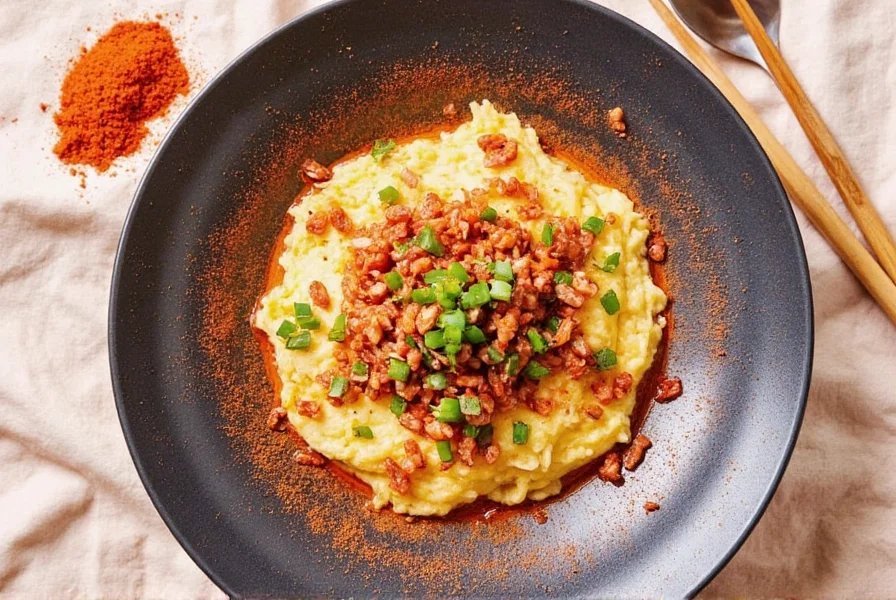
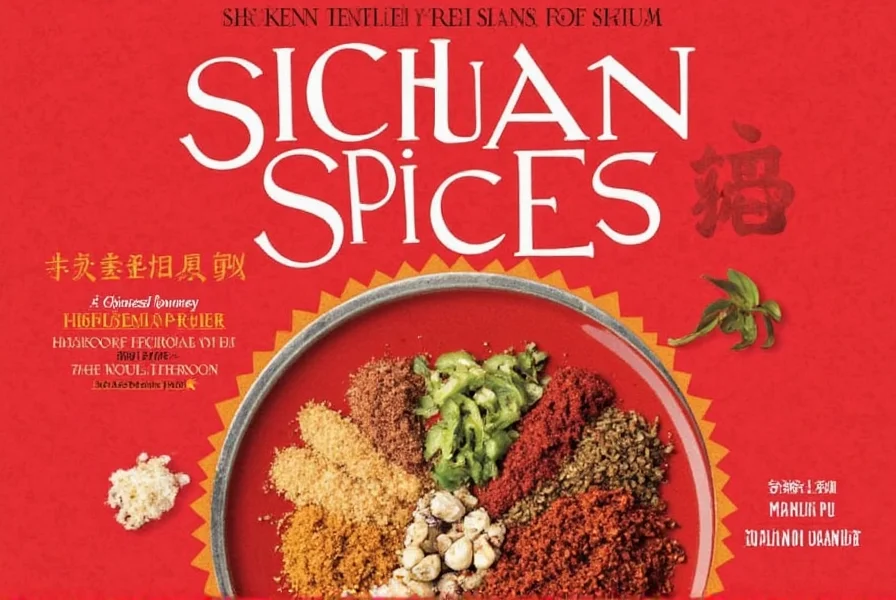
2. Dried Chili Peppers
| Product | Features | Advantages | Use Cases | Target Audience |
|---|---|---|---|---|
| Long Red Chilies | Long, thin, and mild to medium heat | Great for balancing heat and flavor | Used in stir-fries, stews, and chili pastes | Home cooks, culinary students |
| Hunan Hot Chilies | Shorter, spicier, and more pungent | Intense heat and strong aroma | Perfect for making chili oil, hot pot bases, and spicy sauces | Experienced chefs, spice lovers |
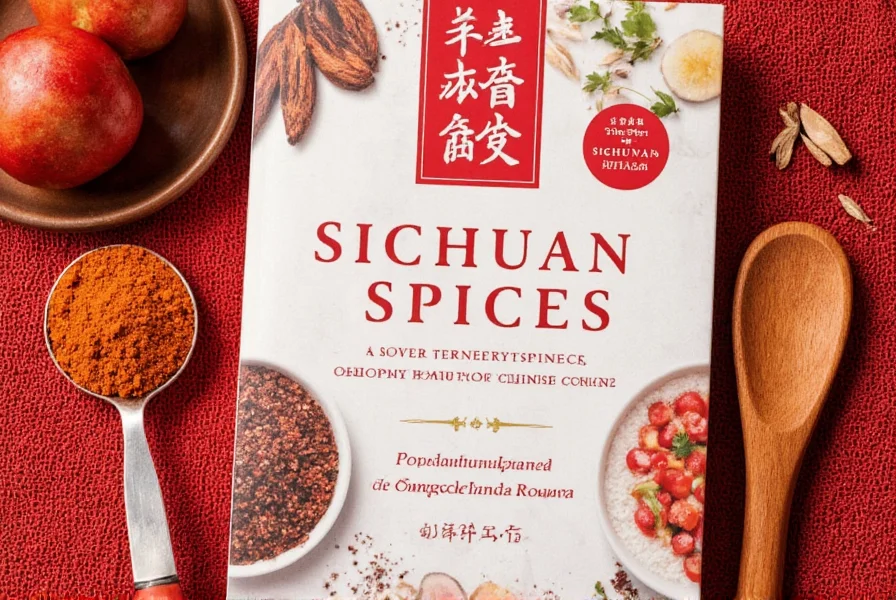

3. Chili Oil
| Product | Features | Advantages | Use Cases | Target Audience |
|---|---|---|---|---|
| Classic Chili Oil | Made with dried chilies, garlic, and sesame oil | Rich, aromatic, and highly versatile | Excellent for dipping, dressing noodles, and enhancing sauces | Everyone from beginners to advanced cooks |
| Extra Spicy Chili Oil | Infused with extra chili flakes and heat | Strong flavor and intense heat | Great for those who love extreme spice | Spice connoisseurs, adventurous eaters |
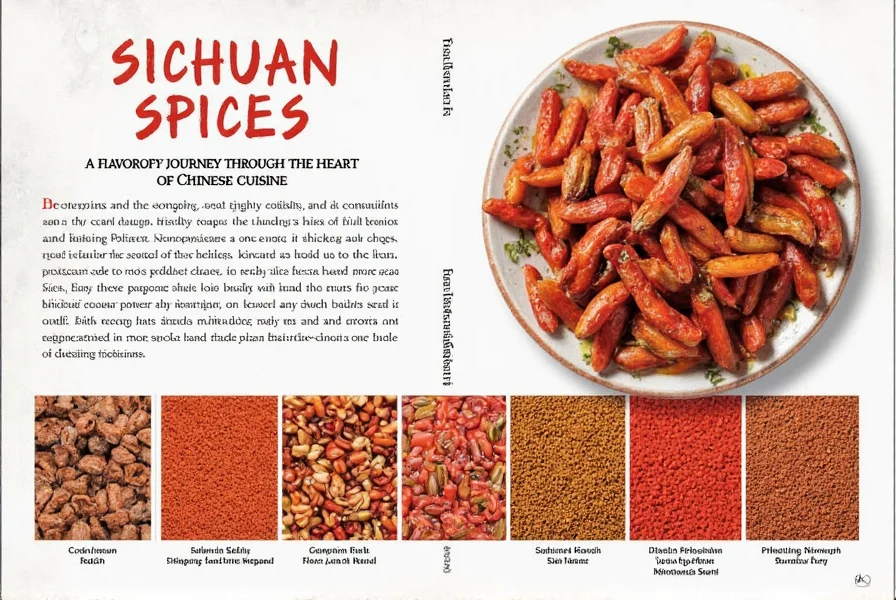
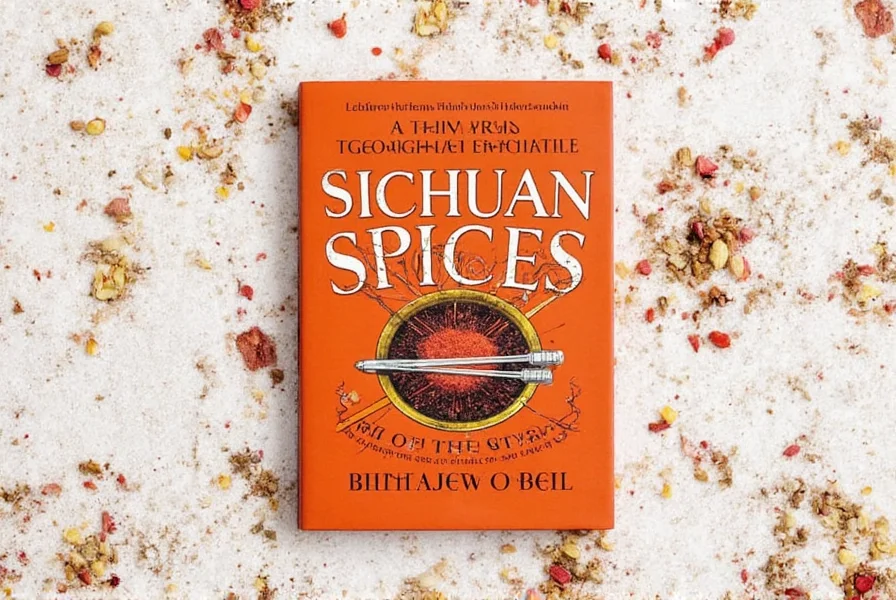
Conclusion
Exploring Sichuan spices is more than just about heat—it's about experiencing a unique cultural tradition that has shaped Chinese cuisine for centuries. From the numbing sensation of Sichuan peppercorns to the fiery kick of chili peppers, every ingredient tells a story of flavor, history, and passion. Whether you're experimenting in the kitchen or simply looking to expand your palate, Sichuan spices offer something for everyone.
As you dive deeper into this world, remember that the key to mastering Sichuan spices lies in understanding their balance and versatility. With the right tools, techniques, and a little bit of curiosity, you can bring the essence of Sichuan into your own kitchen. So go ahead—experiment, taste, and let your senses take the lead. After all, the journey through Sichuan spices is as much about discovery as it is about flavor.
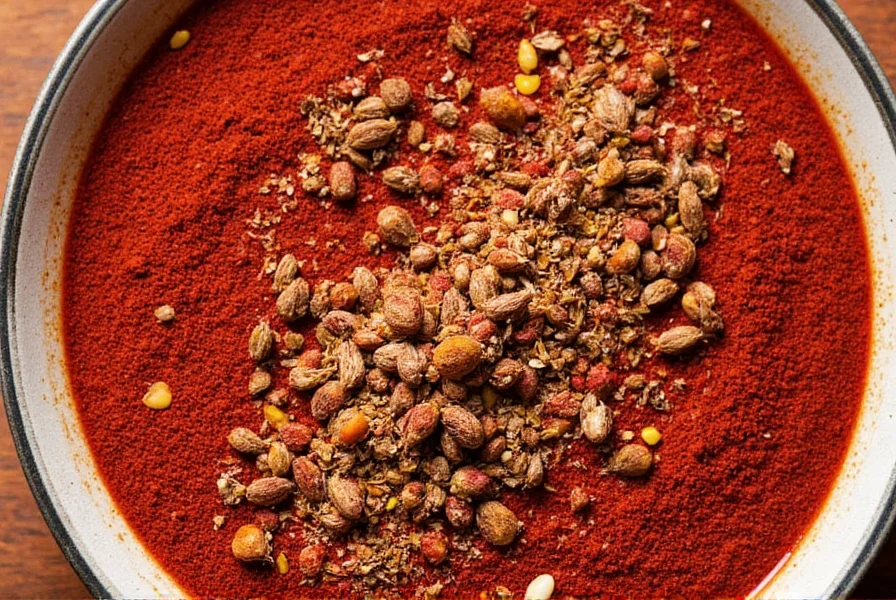
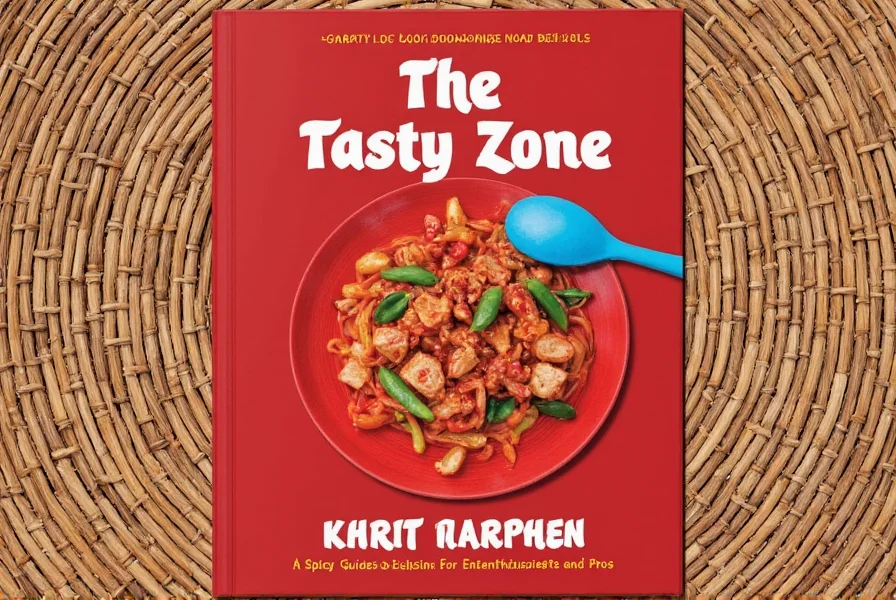

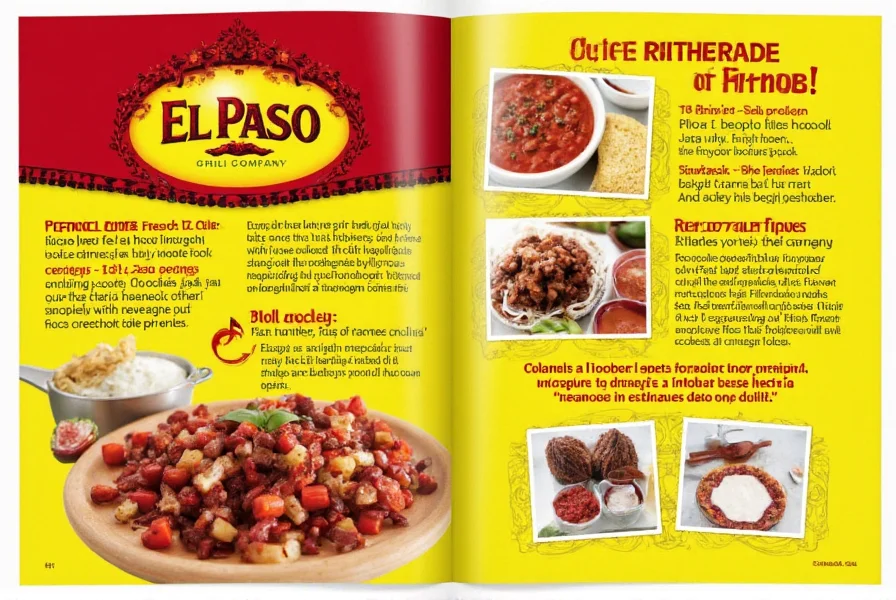










 浙公网安备
33010002000092号
浙公网安备
33010002000092号 浙B2-20120091-4
浙B2-20120091-4